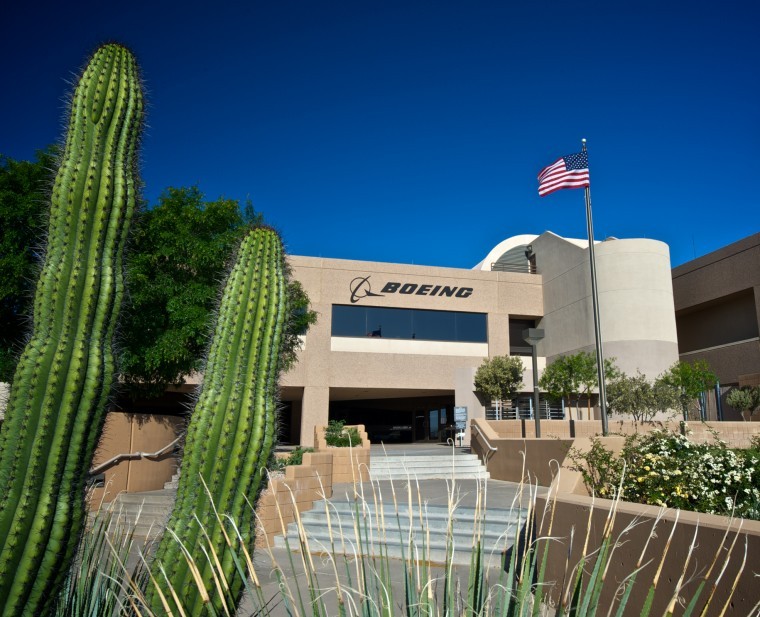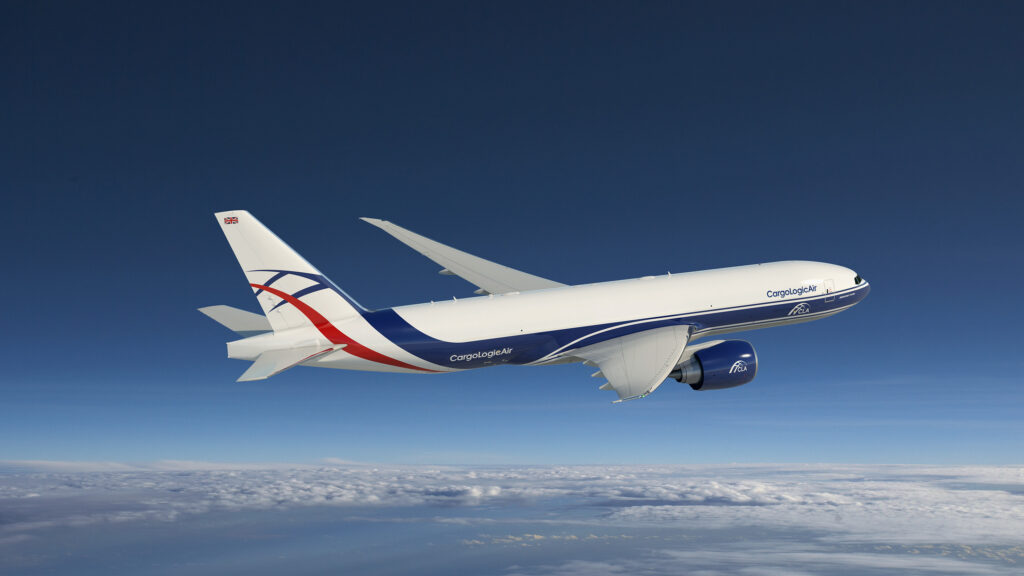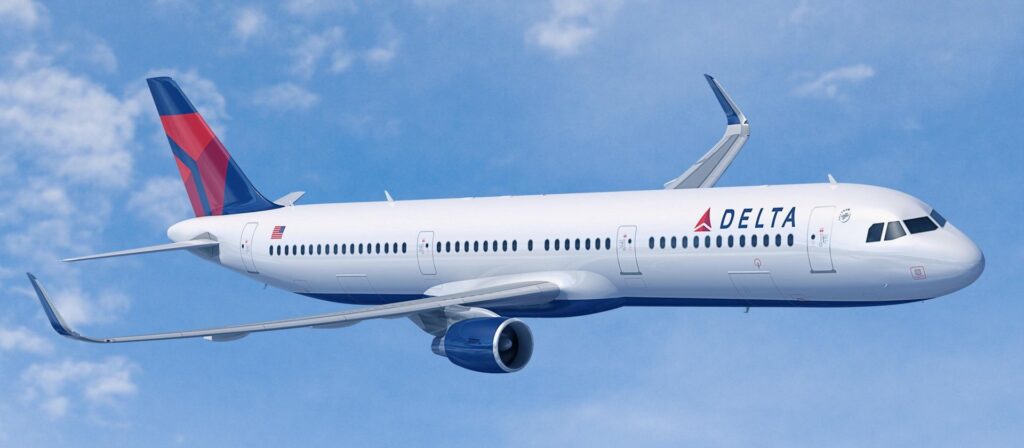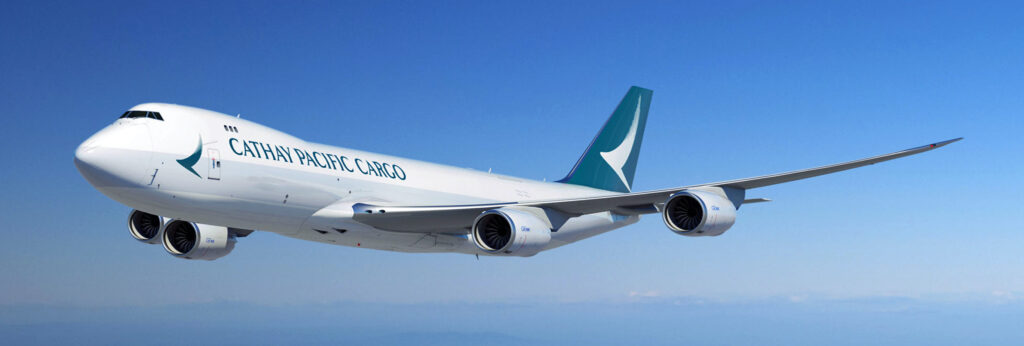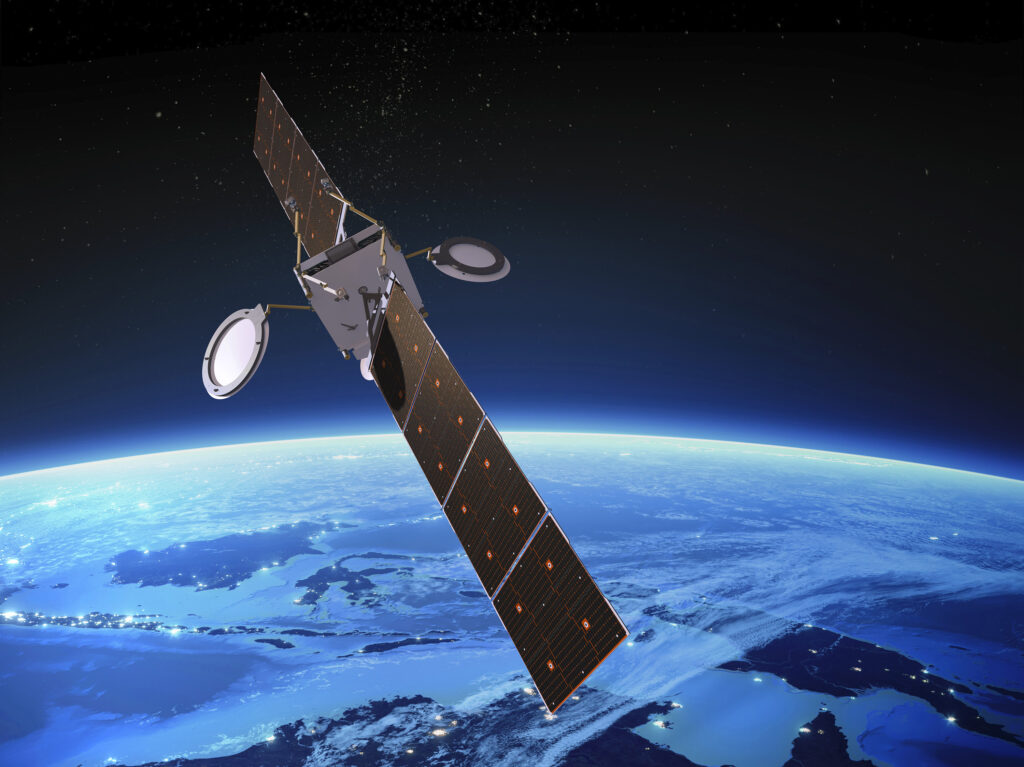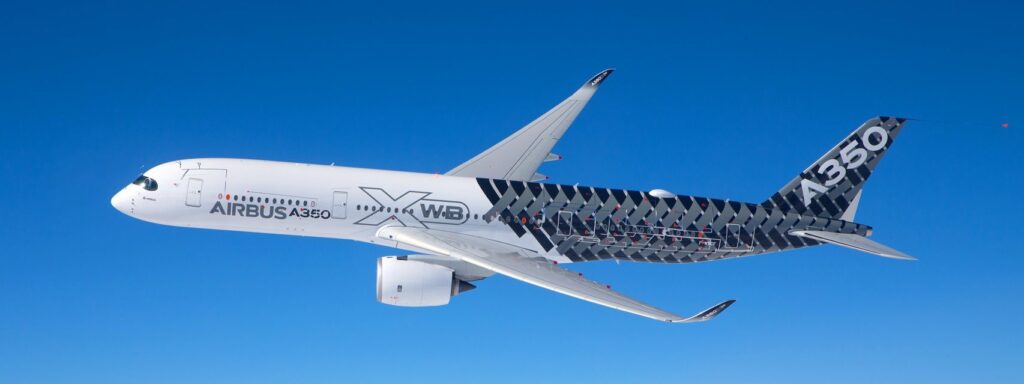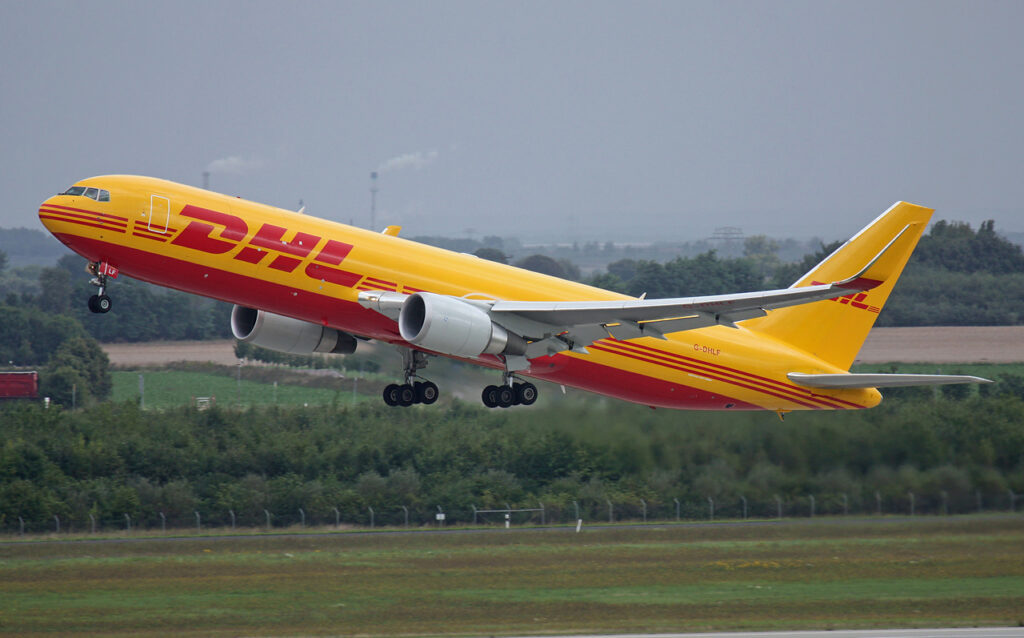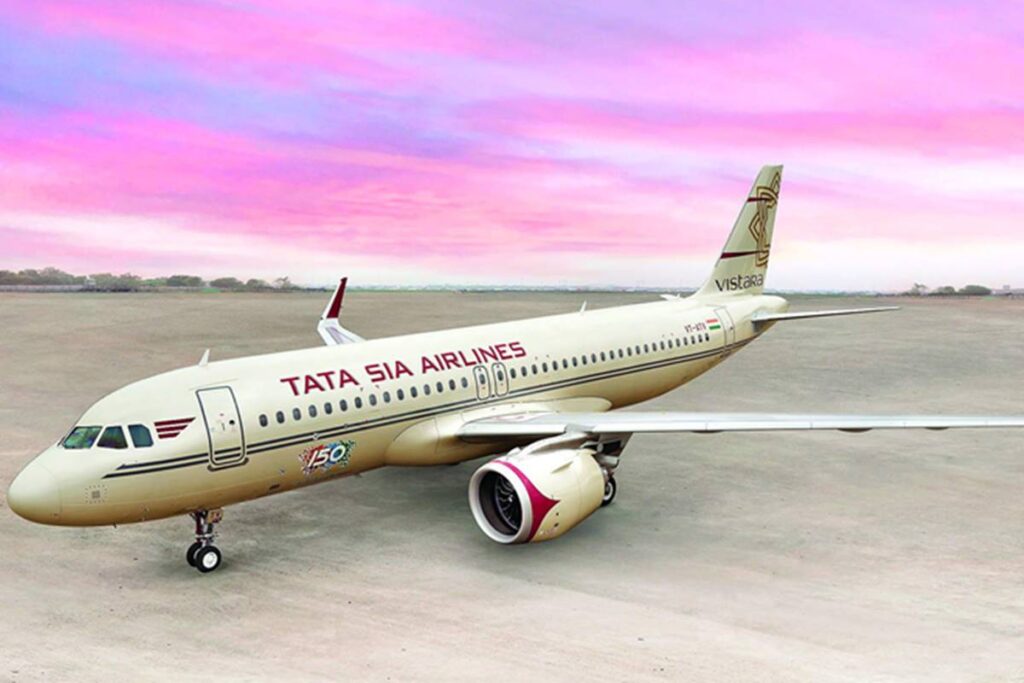Boeing, SRP Sign Renewable Energy Agreement for Mesa Site
- Boeing signs 15-year renewable energy agreement with SRPAgreement supports Boeing’s emission reduction goalsSRP solar photovoltaic plant scheduled to open in 2021 Boeing [NYSE: BA] and the Salt River Project (SRP) utility have signed a…
